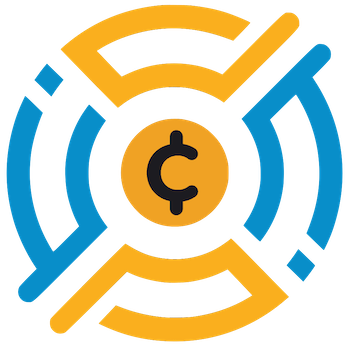In recent years, traditional gaming has been increasingly overshadowed by the emergence of NFT gaming, which brings with it a whole new level of competition for players and guilds alike. The launch of the Ragnarok Landverse Championship 2025 (ROLC2025) marks a significant turning point not only for the Ragnarok Landverse: Genesis universe but the entire NFT gaming landscape. In a move that emphasizes strategy and teamwork, the tournament illustrates how competitive gaming is evolving into an arena where collaboration yields greater rewards than individual prowess. The transition towards a guild-based competition can serve as a double-edged sword; while it brings together communities, it can also alienate solo players who may feel their individually honed skills are not recognized.
A League of Their Own
Ragnarok’s new competitive structure, dubbed the “Road to ROLC2025,” introduces a league-based system, firmly situating the tournament within a framework reminiscent of traditional sports leagues. This format, featuring scheduled weekly battles and a combination of minor and major events, promotes consistency and engagement throughout the gaming community. However, it raises questions about accessibility; while guild-based competition encourages teamwork, does it inadvertently exclude talented individuals who are unable to find or create guilds? By not accommodating solo players, Ragnarok risks losing part of its player base that thrives on individual competition.
A dual season structure comprising “Dawn of War” and “Clash of Dusk” offers an intriguing proposition — competing guilds earn points based on territorial control, akin to a game of chess in a virtual landscape. This is a smart move, as it incentivizes players not just to engage in battles but to strategize their territory control more diligently. The varied point values assigned to different castles may add layers of complexity, but the apparent need for such convoluted scoring systems can be daunting for new players.
High Stakes and Serious Business
The competitive prize pool of $30,000 for the first season displays both ambition and seriousness toward legitimizing this gaming venture. Dividing the rewards among the top guilds acknowledges excellence while ensuring that multiple entities benefit from this burgeoning ecosystem. However, while the monetary incentive is alluring, one must scrutinize how sustainable this model truly is. Is a prize pool sufficient enough to maintain long-term player investment when compared to traditional gaming tournaments that offer larger financial backing or sponsorship? The ecosystem, especially in NFT gaming, requires vigilant sustainment if it is to flourish.
The Guild-Exclusive Paradigm
The restriction of participation to guilds only further solidifies the notion that collective gaming strategies will become the ruling force, although not without consequences. By enforcing the removal of solo play, Ragnarok emphasizes a community-driven competitive spirit, yet it simultaneously promotes the idea of exclusivity. Guilds may become competitive echo chambers where only the ‘in-crowd’ gets to thrive, pushing away potential newcomers who lack the social networks required to join established groups. This could create stagnation within the community as it potentially stifles new talent.
Additionally, the emphasis on using Discord for recruitment and strategies raises concerns about accessibility and inclusivity. New players unaware of these avenues might find it overwhelmingly complex to get involved, limiting the diversity that could invigorate the gaming landscape. Striking a balance between promoting guild-based strategies and maintaining accessibility will be crucial for Ragnarok to thrive in a competitive atmosphere.
Paving the Path for Future Esports
With ROLC2025, Ragnarok is positioning itself as a formidable player in the competitive gaming landscape. By focusing on the guild-based structure, leveraging NFT technology, and incentivizing player engagement through a tierd competition, it aims to create an ecosystem that is both thrilling and rewarding. However, an essential aspect remains: the question of how inclusive this model truly is. If the community cannot thrive outside of its exclusive guild structures, we run the risk of not nurturing the next wave of gaming talent. As organizers navigate these complexities, it will be crucial to ensure that while competition is fierce, the spirit of an inclusive and welcoming gaming community remains at the forefront.














